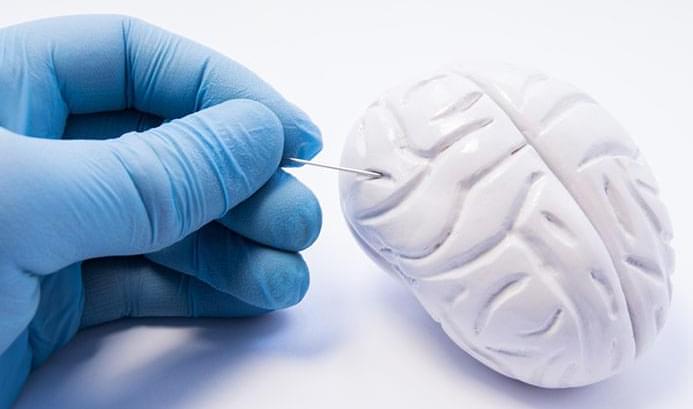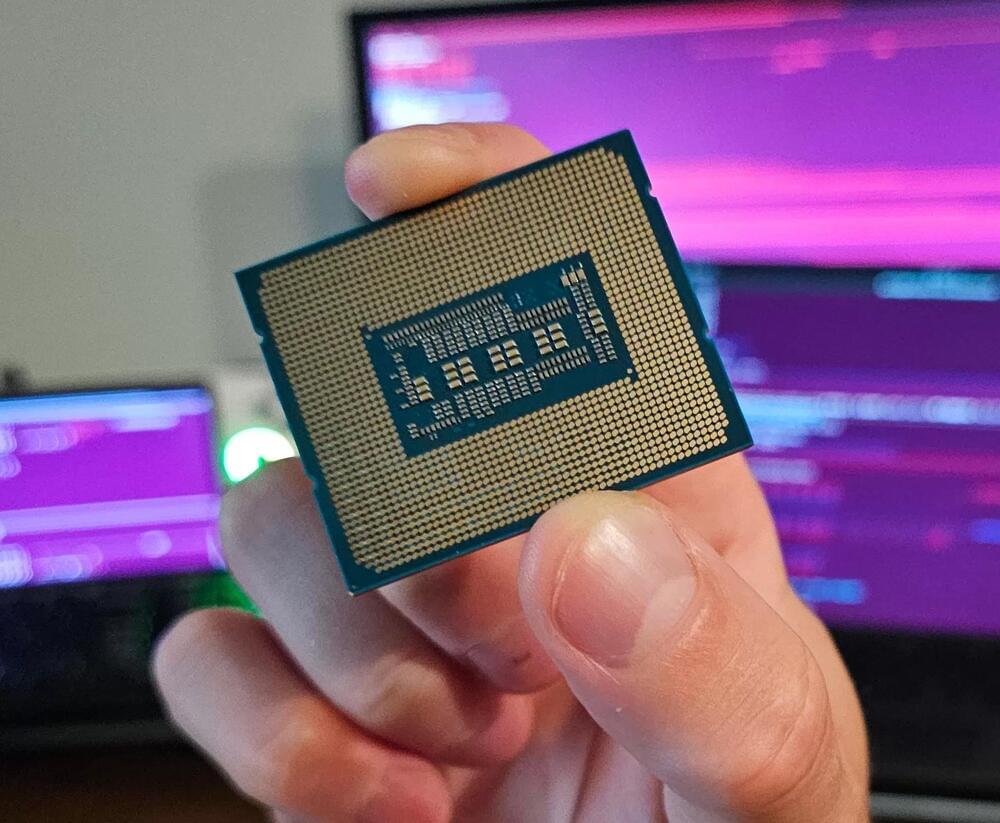Dr. ryan brinkman-vice president and research director, dotmatics
Scientists have long been perceived and portrayed in films as old people in white lab coats perched at a bench full of bubbling fluorescent liquids. The present-day reality is quite different. Scientists are increasingly data jockeys in hoodies sitting before monitors analyzing enormous amounts of data. Modern-day labs are more likely composed of sterile rows of robots doing the manual handling of materials, and lab notebooks are now electronic, in massive data centers holding vast quantities of information. Today, scientific input comes from data pulled from the cloud, with algorithms fueling scientific discovery the way Bunsen burners once did.
Advances in technology, and especially instrumentation, enable scientists to collect and process data at an unprecedented scale. As a result, scientists are now faced with massive datasets that require sophisticated analysis techniques and computational tools to extract meaningful insights. This also presents significant challenges—how do you store, manage, and share these large datasets, as well as ensure that the data is of high quality and reliable?





